Description
Compact & sturdy, producing heavy crops of squat, round, 2 by 4” (5 by 10 cm) fruit that ripen from green to bright red. Crunch thick walled & apple-sweet, excellent for both fresh eating, drying and pickling.There’s nothing like opening up a bag of these frozen diced peppers to add to winter dishes. (omelettes, sauces etc) And of course, they are most superb eaten raw. Use as ‘chips’ for hummus dips.
Very tender, will not tolerate frost, dislike wind, will not set fruit in cold or extremely hot temperatures or in drought conditions. (like most all peppers)
Start seeds indoors 8-10 weeks before last spring frost date. The temperature must be at least 70 degrees F for good seed germination, so keep them in a warm area for the best and fastest results.Pepper plants really do not like cold soil or weather!
History
Prehistoric remains in Peru show that peppers existed then, and they were cultivated in Central and South America in very early times. Columbus brought them to Europe in 1493, and they were quickly adopted and cultivated. In fact, it was the Europeans that gave peppers their name. The only pepper they had known until that time was the black and white spice we still sprinkle out of our pepper shakers. When Columbus brought dried peppers back from the West Indies, Europeans said the fruit was “hotter than the pepper of the Caucasus,” the familiar table spice. The name “pepper” stuck, and we’ve been using it ever since.
Approx 30 seeds

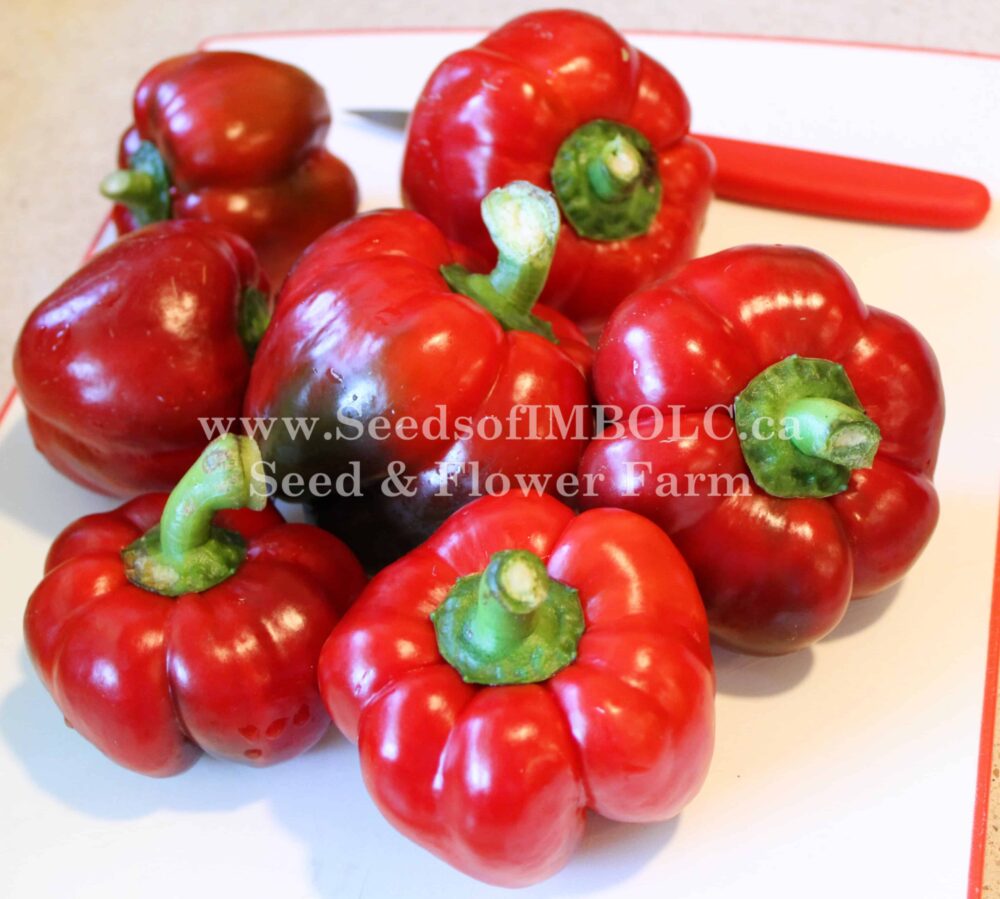
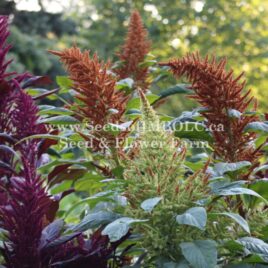
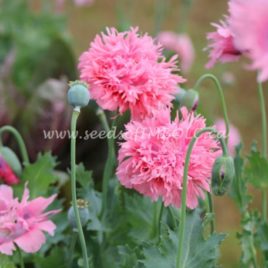
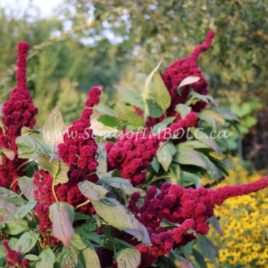
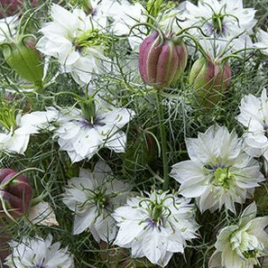
Beth Janvrin (verified owner) –
Good red pepper. Ate fresh and dried and used in salsa. They really don’t like the cold though, and the wind which we have plenty of here.
Kat –
No, peppers are a bit of a diva – warm warm warm. Delicious and here they produce very well in my more sheltered location.
Marlies (verified owner) –
Almost 100 % germination . Strong healthy seedlings